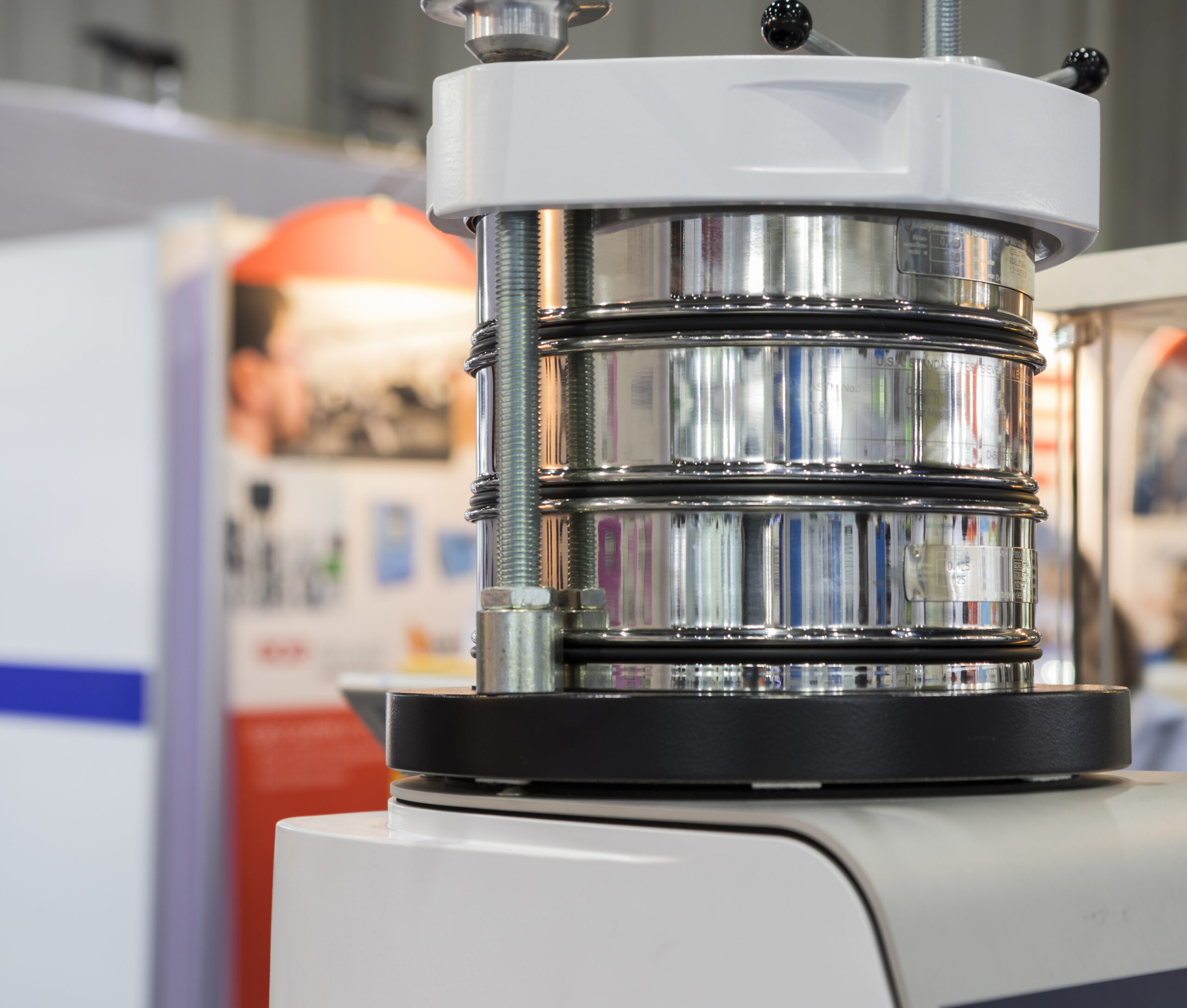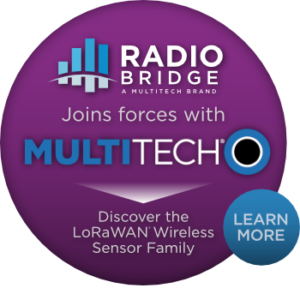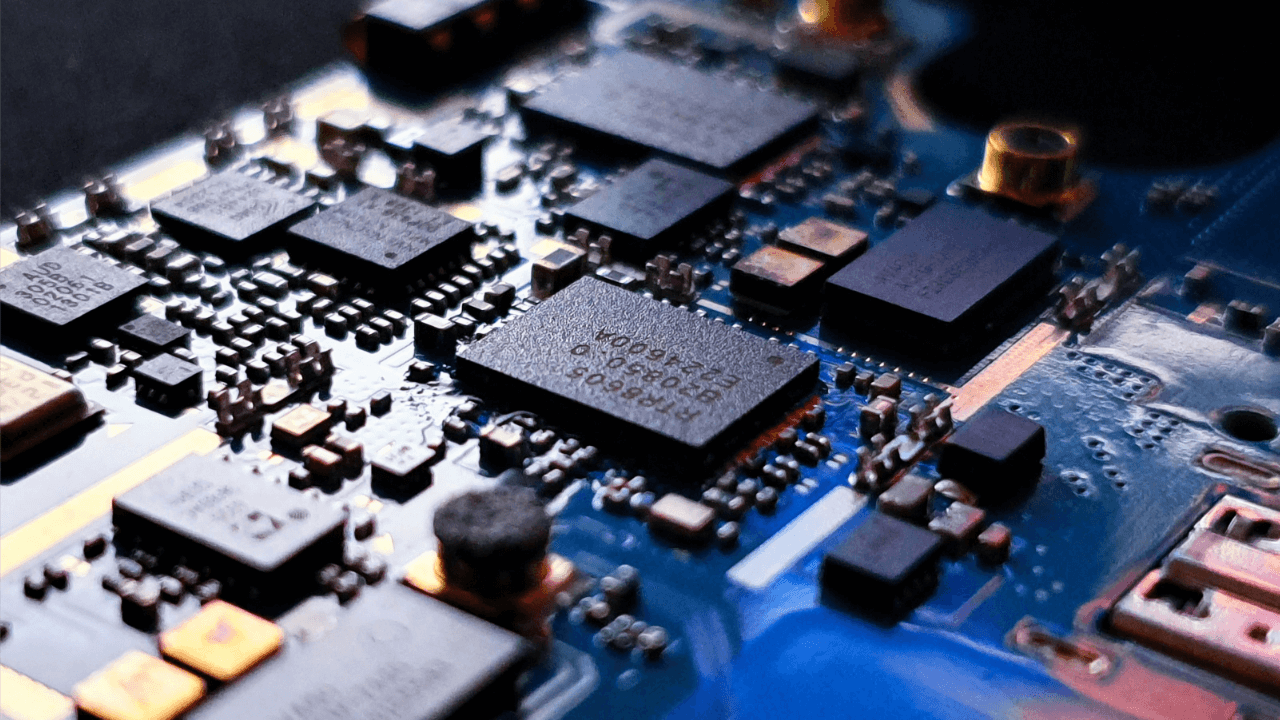
Every mechanical system or machine has a known vibrational signature. When the machine is operating as it should, there is an acceptable range of variation in frequency, amplitude, and intensity, but beyond that threshold, too much—or too little—vibration could indicate a malfunction or predict that a breakdown is about to occur.
When we can monitor and analyze machine vibration, we gain insight into that system’s health, helping us determine maintenance needs and prevent costly downtime. Such condition monitoring is a highly efficient way to optimize costs, and use cases can be found in healthcare, medical devices, manufacturing, transportation, logistics, energy, and more.
Benefits of Vibration Analysis for Condition Monitoring: Cost Reduction
While many factories and industry sectors still operate under a break-fix strategy, this approach is not cost-effective by any stretch. Should a machine fail, it reduces productivity and ‘slows down production, often resulting in supply-chain bottlenecks that could, potentially, impact a company’s ability to deliver what they promise.
Safety
Mechanical failure or malfunction can potentially result in injury, sending a ripple effect throughout the organization, resulting in unnecessary costs and sometimes even litigation. Vibration analysis enables predictive maintenance, allowing decision-makers to take machines offline and remove personnel from harm’s way. Fire, poor air quality, substandard products, and less-than-optimal results are all potential outcomes, as are lawsuits, workers compensation claims, employee attrition, and increased risk liability.
Compliance
For use cases that include institutional healthcare and medical devices, vibration analysis could also help you maintain legal compliance and assure the health of patients. Unusual vibration patterns alert stakeholders to potential situations, helping them respond faster, and potentially saving lives in the process.
Customer Retention
Since today’s customers do not accept delays as easily as they might have in the past, agility is critical. If setbacks and pushed timelines were to become par for the course, even the most loyal buyers would likely take their business elsewhere, resulting in lost revenue and forcing you to double down on customer acquisition efforts. Since it is far less costly to retain customers than it is to gain new ones, a proactive approach not only keeps your clients happy, but it also reduces the cost of doing business.
Optimize Productivity
Philosophically speaking, when you can anticipate a problem, you can often avoid it entirely. Issues are just easier to solve when it is not an emergency, and that is true for most things in life. It is no different in an industrial setting. Predictive analysis is proven to maximize profits and optimize productivity, and for some use cases, remote vibration analysis is an essential component in this effort.
With vibration analysis technology in place, stakeholders are alerted to potential problems before a shutdown is necessary. When we can accurately predict machine failure and malfunctions, the machines in question can be taken offline before a more costly repair is required. Additionally, personnel will be able to compensate for the outage by rerouting production or implementing a temporary workaround.
Reduce Maintenance Costs
Maintenance costs can be high. Hence, many companies choose to put their systems on a regular maintenance schedule to avoid breakdowns. However, this approach can end up costing companies more in the long run, as machines are routinely taken offline when there is really nothing wrong with them.
Vibration analysis helps you maximize machine uptime and implement maintenance and repairs more efficiently. When you can accurately predict if and when a machine will fail, you can run that machine to its limit and take it offline for maintenance at a pre-scheduled time. According to a report by McKinsey Global on the value of IoT, predictive maintenance will save global industry in the range of $200 billion to $600 billion by 2025.
Condition Monitoring
Continuous monitoring of your assets helps you detect signs of premature or abnormal wear. Such situations could result from any number is issues, such as bearing faults, lubrication problems, misalignment, imbalances, or defective components. Conditions are monitored in real-time, giving you an accurate snapshot of your systems’ health at any given moment.
Troubleshooting becomes easier and more efficient, as well. With access to machine-level vibrational data over time, specific anomalies become easier to pinpoint, reducing human-hours spent on diagnosing problems and reducing unnecessary service calls.
Non-Invasive, Low Power Solutions
One of the most significant barriers to adopting new technology is the notion that new equipment is inherently difficult and complicated to install. While this might be true in some situations, the beauty of Radio Bridge’s vibration analysis solution is that it does not require new machinery and can be applied to any machine you operate – without having to disassemble the machine or even cease operations.
Our systems operate on a low-power-wide-area networking standard called LoRaWAN®. Essentially, this gives our customers the ability to connect their IoT sensors wirelessly on a low-power network with incredible range.
Since the power needs are minimal, you can expect maximum battery life and very little additional energy consumption. In most cases, depending on usage, you can expect two years or more of battery life when using Radio Bridge, a MultiTech brand, devices.
Additionally, LoRaWAN virtually eliminates device interference and actually increases gateway capacity, ensures accuracy and reliability, and provides seamless compatibility, even when several manufacturer’s devices are deployed on the system.
Summing Up
In conclusion, vibration analysis for condition monitoring is a reliable, cost-effective way to maximize productivity, reduce operational costs, assure safety, and optimize machine maintenance protocols.
Once deployed, Radio Bridge wireless sensors monitor the vibrational thresholds of each machine. Based on the parameters you set as well as machine data gathered over time, the system sends alerts as soon as an anomaly is detected. Since alerts are initiated in real-time, this allows your personnel to respond immediately, preventing loss, mitigating risk, and helping you maintain reliable production targets.
If you would like to learn more about vibration analysis for condition monitoring, connect with us today. We would love to know more about your company and show you how our IoT solutions can help.





